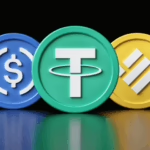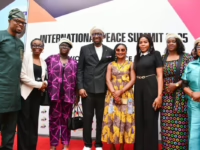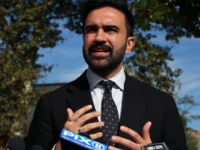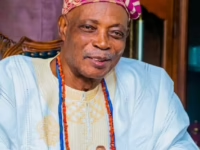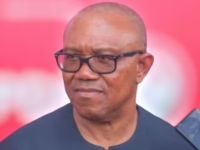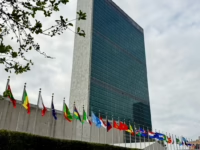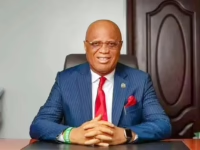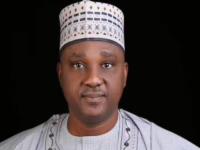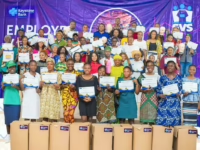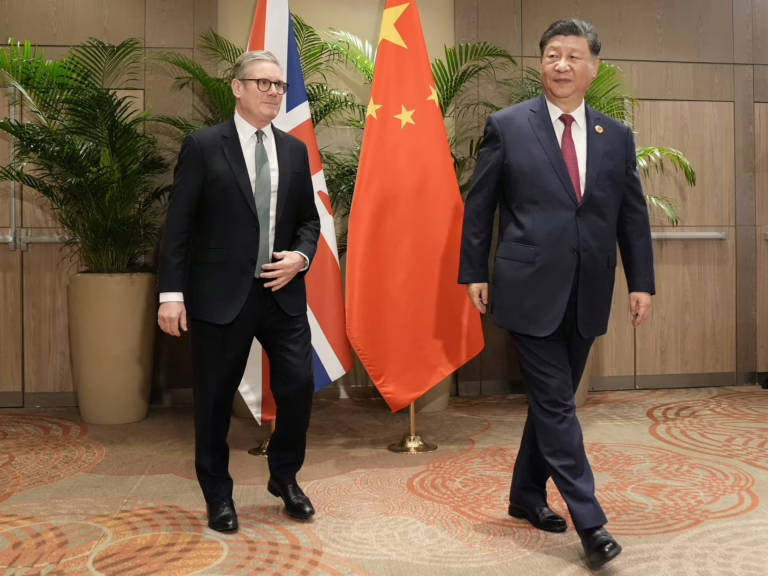President Donald Trump’s recent decision to significantly increase the application fee for U.S. companies hiring foreign professionals under the H-1B visa program is expected to drive many skilled international workers to pursue employment opportunities in other nations.
The dramatic fee surge to $100,000 per application aims to incentivize American employers to prioritize domestic talent over foreign specialists. However, this policy shift poses a substantial challenge for major technology firms, which depend heavily on international expertise to maintain their competitive edge.
Established in 1990 during President George H.W. Bush’s administration, the H-1B visa has long served as a pathway for foreign professionals to work in the U.S. Currently, Indian nationals dominate the H-1B visa approvals, accounting for 71% last year, followed by Chinese applicants at nearly 12%.
Experts warn that this fee hike could dampen U.S. economic growth by increasing operational costs for companies reliant on global talent. Additionally, it risks triggering a short-term “brain drain,” as highly skilled graduates may opt to build their careers in countries with more welcoming immigration policies.
What Changes Has the Trump Administration Implemented Regarding H-1B Visas?
On September 19, President Trump signed an executive order mandating that, starting at 12:01 a.m. ET on September 21, U.S. employers must pay a $100,000 fee for each new H-1B visa application.
Previously, application fees ranged between $2,000 and $5,000, varying by company size. The H-1B visa allows foreign professionals with specialized skills to work in the U.S. for an initial period of up to three years, extendable to six years, with fees applicable upon extension as well.
The program annually issues 65,000 visas for temporary foreign workers in specialized occupations, plus an additional 20,000 for individuals holding advanced degrees, particularly in STEM fields (science, technology, engineering, and mathematics).
According to the White House, the $100,000 fee is a one-time charge applied only to new petitions submitted after the deadline. Existing H-1B visa holders and applications filed before September 21 are exempt from this fee.
Furthermore, the Department of Homeland Security will now prioritize applicants with higher salaries and advanced skills in the H-1B lottery system. The administration is also considering additional reforms to the visa program.
Critics have long contended that the H-1B visa is sometimes exploited by companies to hire foreign workers at wages below those paid to American employees, potentially displacing U.S. workers.
India’s government has expressed concern over the new regulations, stating it is assessing their full impact. The Ministry of External Affairs highlighted potential humanitarian issues, particularly the disruption to families caused by these changes.
Which Sectors Are Most Impacted?
Approximately two-thirds of current H-1B visa holders work in technology-related roles. Data from U.S. Citizenship and Immigration Services shows that companies like Amazon, Google, Meta, Microsoft, and Apple were among the top employers of H-1B visa recipients last year.
The tech sector has reacted strongly to the fee increase. For example, Microsoft has advised its H-1B employees to remain in the U.S. “for the foreseeable future” amid the uncertainty.
Notably, several prominent tech leaders, including Alphabet’s Sundar Pichai, Microsoft’s Satya Nadella, and Elon Musk of Tesla and SpaceX, were once H-1B visa holders themselves.
In a 2024 post on his X platform, Musk remarked, “The reason I’m in America along with many other key innovators who built SpaceX, Tesla, and numerous other companies that strengthened America is because of the H-1B visa.”
How Could Other Nations Capitalize on This?
Several countries are actively seeking to enhance their pools of technology and STEM professionals and may benefit from the U.S. policy shift by attracting skilled workers deterred by the increased H-1B visa costs.
United Kingdom
In response to the U.S. fee hike, British Prime Minister Keir Starmer is reportedly considering eliminating visa fees for skilled foreign workers, according to the Financial Times. This initiative is part of the UK’s “global talent task force,” which aims to attract leading scientists, academics, and digital experts to stimulate economic growth.
China
China plans to introduce the K Visa on October 1, targeting STEM professionals. This visa will allow applicants to live, study, and work in China without needing a prior job offer or research position.
While China’s Ministry of Foreign Affairs declined to comment directly on the U.S. changes, it reaffirmed the country’s openness to welcoming top-tier global talent.
South Korea
South Korea’s presidential chief of staff, Kang Hoon-sik, announced directives for government ministries to explore strategies to attract foreign scientists and engineers in light of the U.S. visa adjustments. The government intends to prioritize funding for artificial intelligence and other technology-driven sectors in the upcoming budget.
Canada
Canada recently lowered the threshold for its Comprehensive Ranking System, which manages skilled worker immigration applications, thereby inviting more candidates to apply for permanent residency.
Additionally, Canada may revive a 2023 visa program that allowed H-1B visa holders to transition to Canada under favorable terms for up to three years. This program was suspended in July after reaching its cap of 10,000 applicants.


